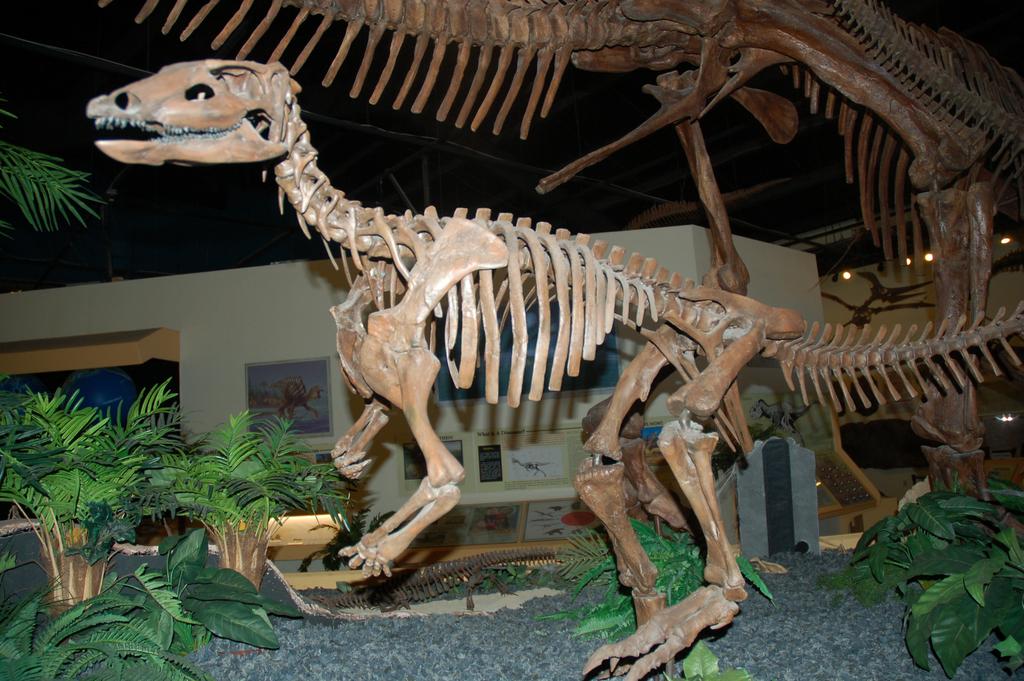When we gaze upon ancient fossils in museums, it’s difficult to comprehend that these remnants once belonged to creatures that roamed Earth millions or even billions of years ago. Yet scientists confidently assign these impressive age estimates to fossils and rocks. At the heart of these determinations lies radiometric dating—a set of techniques that utilize the predictable decay of radioactive isotopes to measure the passage of time. This powerful scientific method has revolutionized our understanding of Earth’s history, providing us with a reliable chronological framework for evolution, geology, and paleontology. In this article, we’ll explore how radiometric dating works, why it’s reliable, and how it helps us understand that fossils are indeed millions of years old.
The Fundamental Principles of Radiometric Dating
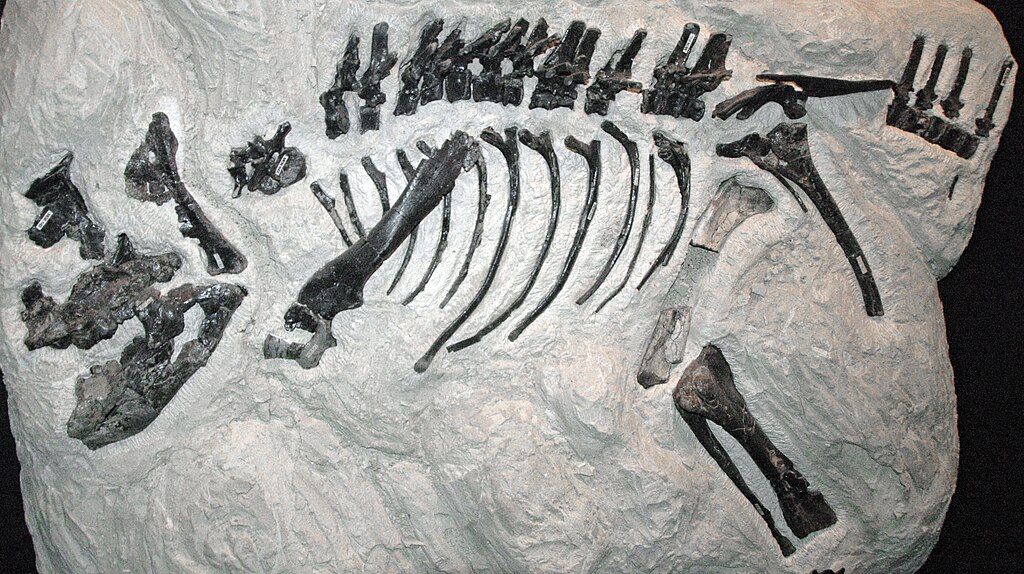
Radiometric dating is based on a simple yet profound natural phenomenon: radioactive decay. Certain unstable atoms, called radioisotopes, naturally transform into different elements over time by emitting particles from their nuclei. What makes this process scientifically valuable is that each radioisotope decays at a constant, predictable rate, regardless of external conditions like temperature or pressure. This rate is expressed as a “half-life”—the time it takes for half of the atoms in a sample to decay. For example, carbon-14 has a half-life of about 5,730 years, while uranium-238 has a half-life of approximately 4.5 billion years. By measuring the ratio between parent isotopes (original radioactive atoms) and daughter products (the atoms they decay into), scientists can calculate how much time has passed since the “radioactive clock” started ticking in a mineral or organic material.
Carbon-14 Dating: Measuring Recent History
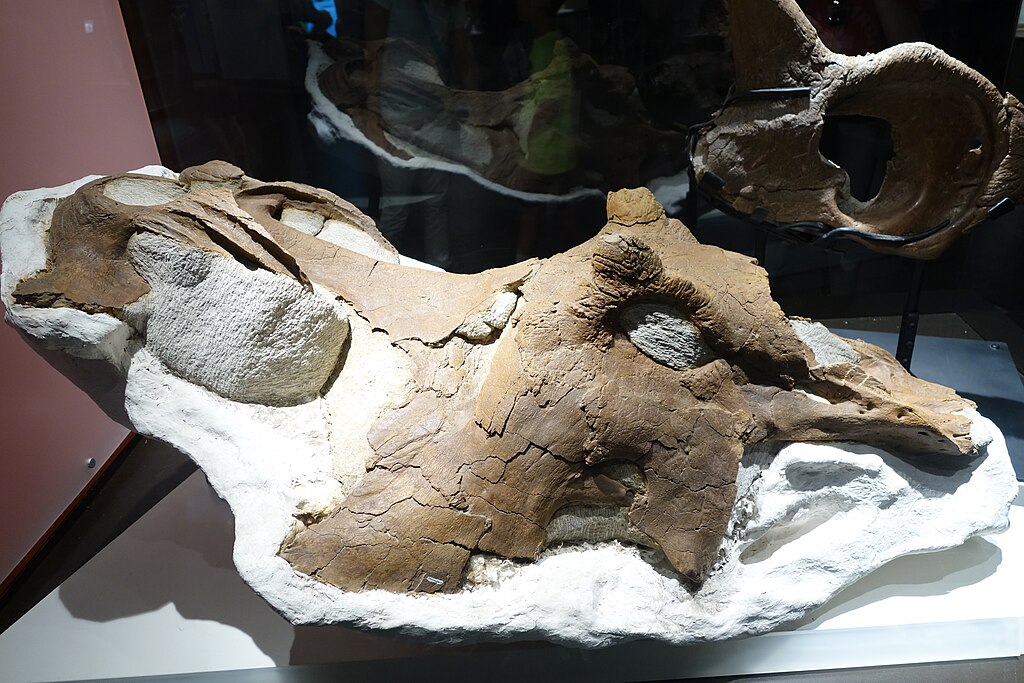
Perhaps the most widely known radiometric method is carbon-14 dating, developed by American chemist Willard Libby in the 1940s. This technique is specifically used for organic materials—including bones, wood, textiles, and other remains from once-living organisms. Carbon-14 is produced in Earth’s upper atmosphere when cosmic rays interact with nitrogen atoms. Living organisms continuously absorb carbon-14 through processes like photosynthesis and consumption, maintaining a constant ratio of carbon-14 to stable carbon-12. When an organism dies, it stops incorporating new carbon-14, and the existing carbon-14 begins to decay into nitrogen-14 with a half-life of 5,730 years. By measuring the ratio of carbon-14 to carbon-12 in a sample, scientists can determine when the organism died. However, carbon-14 dating is only effective for relatively young samples—up to about 50,000 years old—making it unsuitable for dating ancient fossils that are millions of years old.
Potassium-Argon Dating: Stepping Into Deep Time
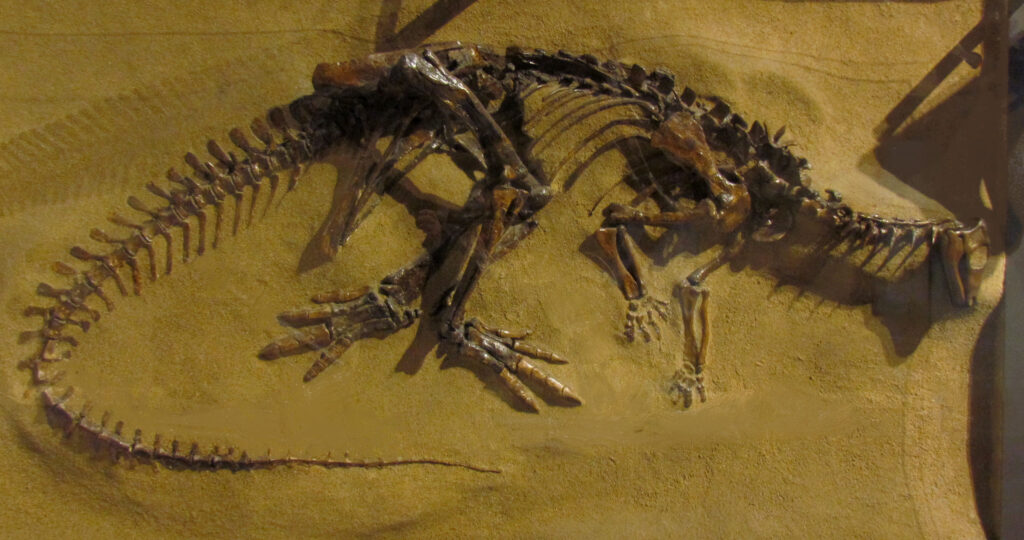
For fossils that are millions of years old, scientists rely on other isotope systems with much longer half-lives. Potassium-argon (K-Ar) dating is particularly useful for dating volcanic rocks and minerals, which often provide context for fossil-bearing sedimentary layers. This method is based on the decay of potassium-40 (K-40) to argon-40 (Ar-40) with a half-life of 1.25 billion years. When volcanic material cools and solidifies, any argon gas present escapes from the molten rock, effectively resetting the “clock” to zero. After solidification, new argon-40 produced by radioactive decay becomes trapped within the rock’s crystal structure. By measuring the ratio of potassium-40 to argon-40, scientists can determine when the volcanic material solidified. This technique is particularly valuable in dating fossils found in layers between volcanic deposits, allowing researchers to establish minimum and maximum age constraints for fossil-bearing sediments.
Uranium-Lead Dating: Measuring Earth’s Oldest Materials

When scientists need to date the oldest rocks on Earth or meteorites from space, they often turn to uranium-lead (U-Pb) dating. This method utilizes the decay of uranium isotopes (uranium-238 and uranium-235) to different isotopes of lead (lead-206 and lead-207, respectively). Uranium-238 has an extraordinarily long half-life of about 4.5 billion years, making it ideal for dating extremely ancient materials. The U-Pb method is particularly valuable because it provides two independent dating systems within the same mineral, allowing scientists to cross-check results. The mineral zircon is especially useful for U-Pb dating because it readily incorporates uranium into its crystal structure while excluding lead when it forms. This means any lead found in zircon crystals must have come from radioactive decay, providing a reliable clock. Using this method, scientists have dated the oldest known rocks on Earth to approximately 4 billion years old and meteorites to about 4.5 billion years old, establishing the age of our solar system.
Dating Fossil-Bearing Sedimentary Rocks
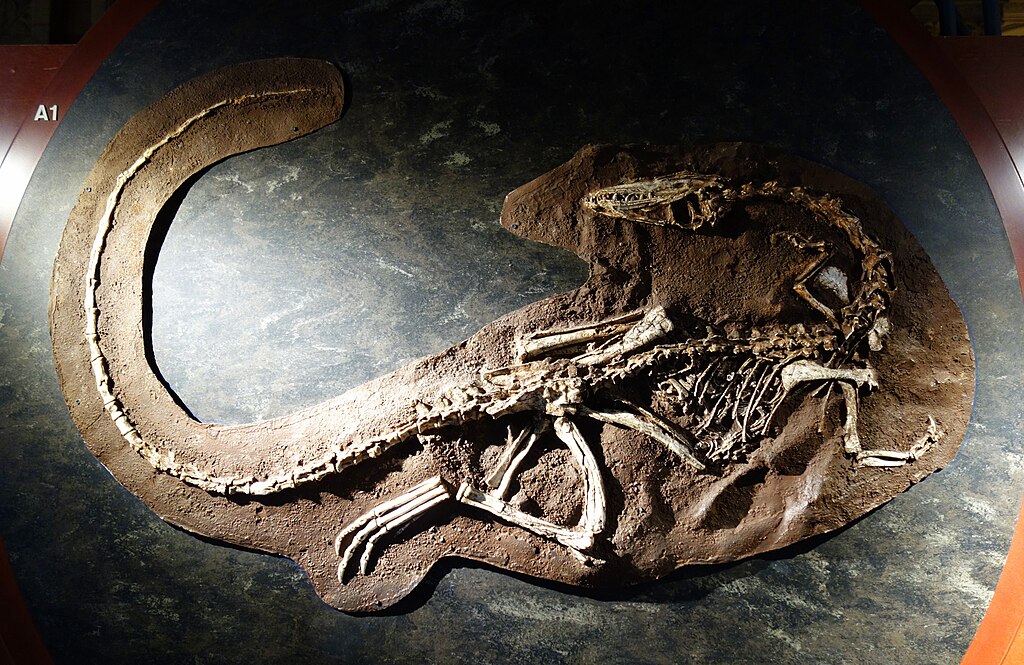
Most fossils are found in sedimentary rocks, which form when layers of sediment accumulate and become compacted over time. Unfortunately, sedimentary rocks cannot be directly dated using conventional radiometric methods because they consist of particles derived from different sources with various ages. To overcome this challenge, scientists date the igneous rocks (formed from cooled magma or lava) that are found above and below fossil-bearing sedimentary layers. This approach, known as bracketing, establishes minimum and maximum age constraints for the fossils. For example, if a fossil is found in a sedimentary layer positioned between volcanic ash beds dated to 72 million and 76 million years old, scientists can confidently state that the fossil is between 72 and 76 million years old. Additionally, certain minerals within sedimentary rocks, such as glauconite or volcanic ash particles, can sometimes be directly dated to provide more precise age estimates for fossil-bearing layers.
The Principle of Superposition: Reading Earth’s Layers
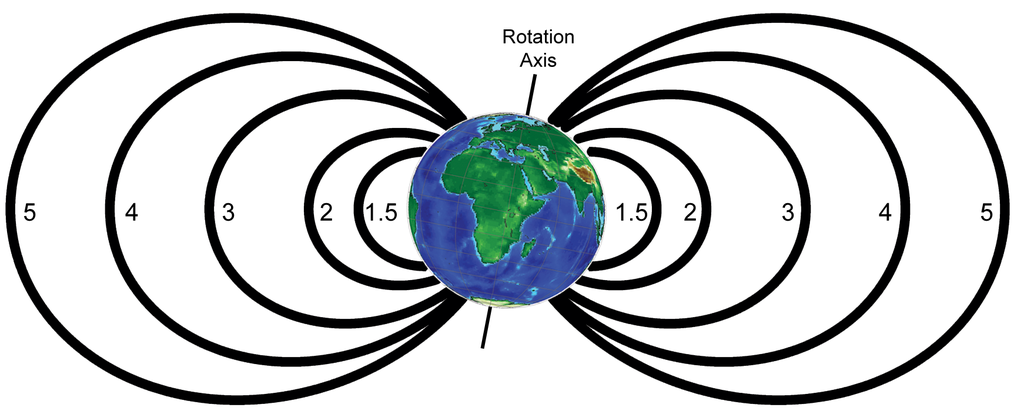
Radiometric dating doesn’t work in isolation but complements other geological principles that help establish a coherent timeline of Earth’s history. One fundamental concept is the principle of superposition, first articulated by Danish scientist Nicolas Steno in the 17th century. This principle states that in undisturbed sedimentary sequences, younger layers are deposited on top of older layers. By combining this stratigraphic principle with radiometric dating, scientists can construct a comprehensive chronological framework. When researchers date volcanic layers at different points in a sedimentary sequence, they can interpolate the ages of intervening layers based on their relative positions. This integrated approach allows scientists to determine the ages of fossils even when they cannot be directly dated, building a continuous timeline of evolutionary history spanning billions of years.
Argon-Argon Dating: A Refined Technique
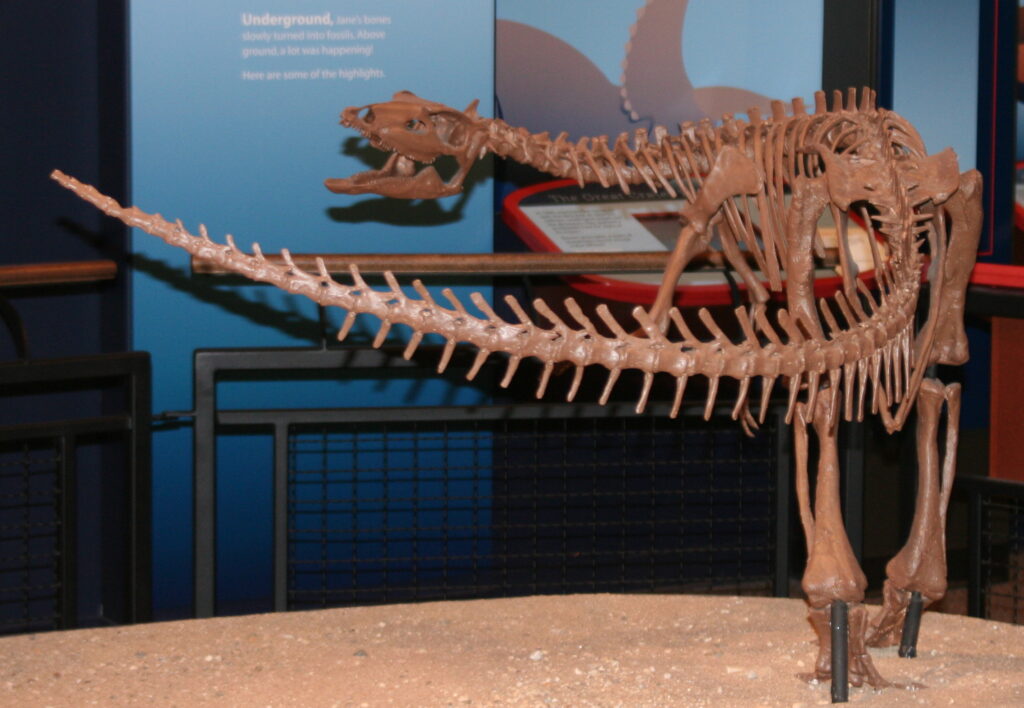
An advanced variation of potassium-argon dating called argon-argon (Ar-Ar) dating has become increasingly important in paleontological research. This technique measures the ratio of argon-40 to argon-39 (produced in the laboratory by irradiating the sample) rather than directly measuring potassium and argon. The advantage of Ar-Ar dating is that it can be performed on smaller samples and provides more precise results with built-in cross-checks against potential errors. The method also allows for stepwise heating of samples, where argon is released at progressively higher temperatures, helping scientists identify whether the sample has been disturbed since its formation. Argon-argon dating has been crucial in resolving contentious questions in paleontology, such as precisely dating the K-T boundary layer that marks the extinction of non-avian dinosaurs approximately 66 million years ago, connecting this event to the Chicxulub impact crater in Mexico.
Fission Track Dating: Counting Atomic Scars
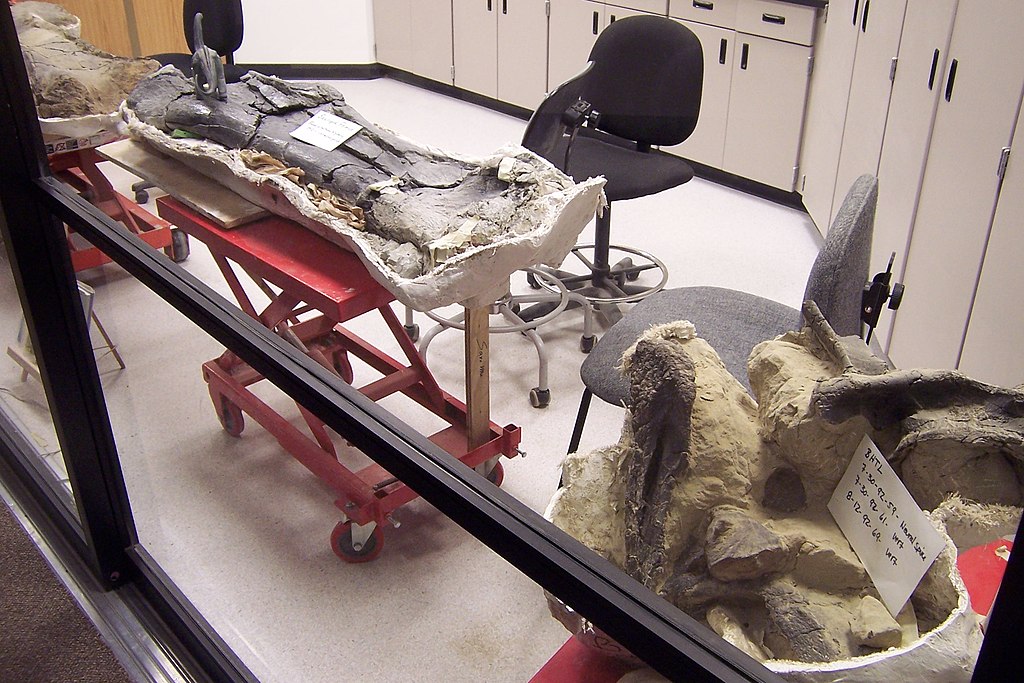
Another technique in the radiometric dating toolkit is fission track dating, which works differently from other methods that measure isotope ratios. This approach relies on the spontaneous fission of uranium-238, which creates microscopic damage tracks in minerals as heavy nuclear fragments shoot through the crystal structure. Over time, these tracks accumulate at a predictable rate based on the uranium content of the mineral. Scientists can reveal these tracks by polishing and etching the mineral surface with acid, then count them under a microscope. By comparing the density of tracks with the uranium concentration (determined separately), researchers can calculate how long the tracks have been accumulating. Fission track dating is particularly useful for dating volcanic ash layers in fossil-bearing sediments and has been extensively used to establish chronologies for early human fossils in East Africa, helping to reconstruct the timeline of human evolution over the past several million years.
The Reliability of Radiometric Dating
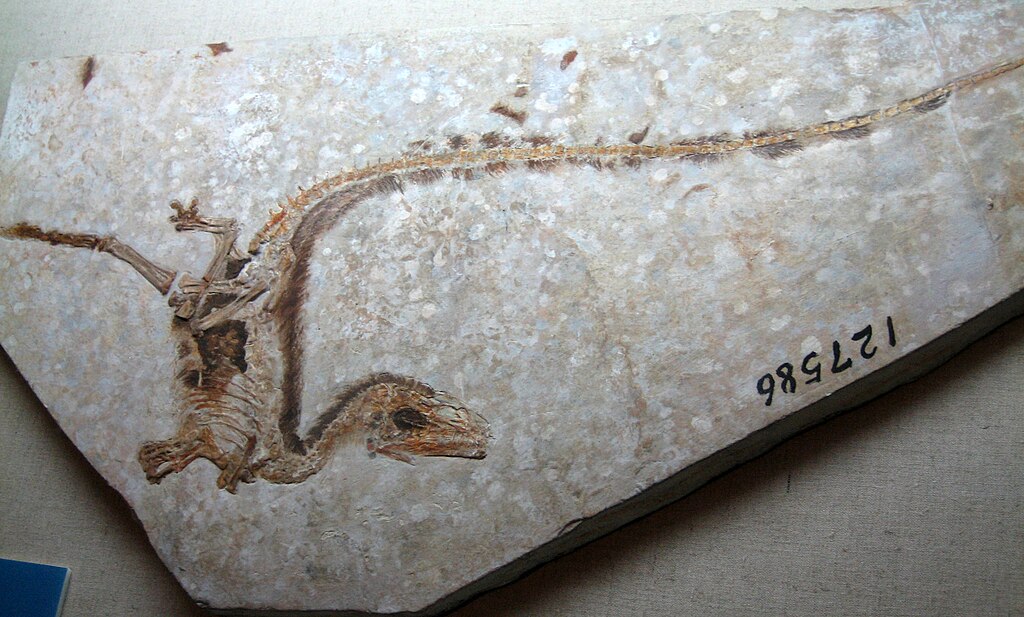
A common misconception about radiometric dating is that it produces unreliable or widely varying results. In reality, modern radiometric dating is extremely precise when properly applied, and different dating methods consistently yield concordant ages when used on the same materials. Scientists implement rigorous protocols to ensure accuracy, including careful sample selection, contamination prevention, and statistical analysis of results. Perhaps the most compelling evidence for the reliability of radiometric dating comes from cases where multiple independent dating methods are applied to the same geological context, producing consistent results. For instance, the extinction of the dinosaurs has been dated to approximately 66 million years ago using potassium-argon, argon-argon, uranium-lead, and fission track methods applied to samples from different continents—all yielding the same age within the margin of error. This remarkable consistency across different isotope systems and geographic locations demonstrates the fundamental reliability of radiometric dating techniques.
Addressing Common Misconceptions
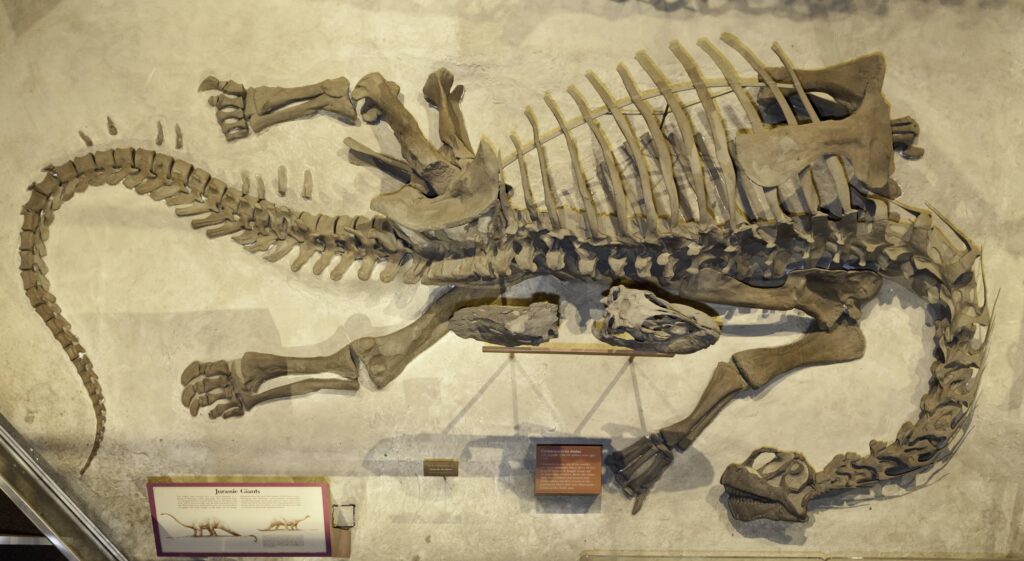
Despite the scientific consensus on the reliability of radiometric dating, misconceptions persist, particularly among those who favor young-Earth interpretations for religious reasons. One common claim is that radiometric dating assumes constant decay rates, which might have been different in the past. However, radioactive decay is governed by fundamental nuclear physics, and any significant changes in decay rates would require alterations to the basic constants of physics that would make life impossible. Another misconception is that radiometric dating relies on circular reasoning by using fossils to date rocks and rocks to date fossils. In reality, absolute dating methods like radiometric dating operate independently of fossil content, and the relationship between fossil assemblages and radiometric dates has been established through extensive cross-checking. Some critics also point to occasional anomalous results as evidence against reliability, but these outliers typically result from known complications like contamination or inappropriate application of a method, rather than fundamental flaws in the technique itself.
Beyond Radiometric Dating: Complementary Methods
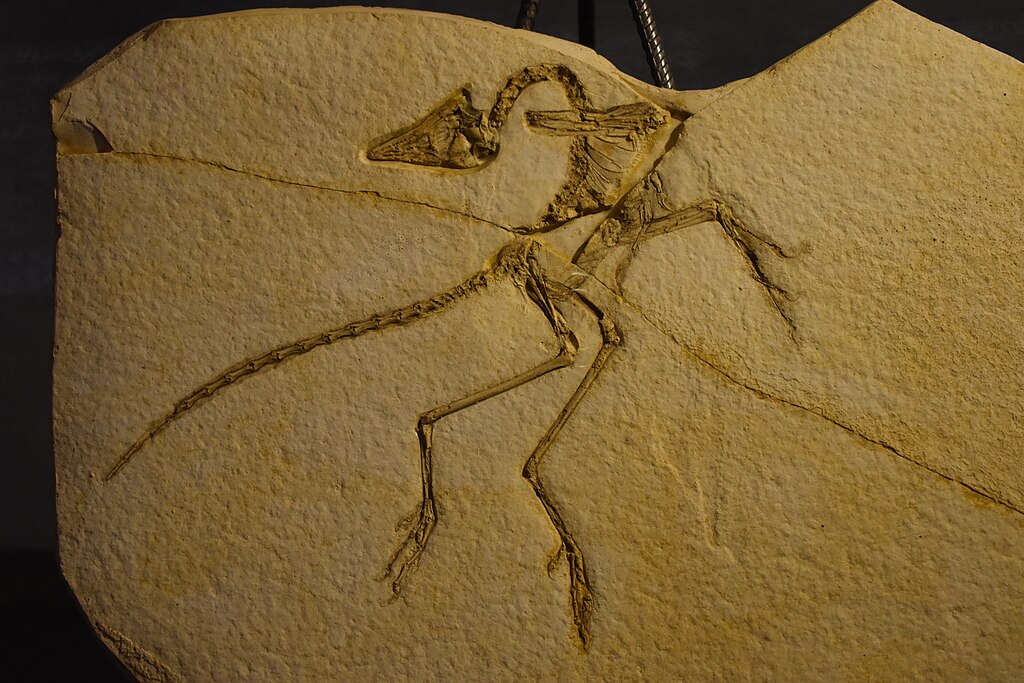
While radiometric dating provides the backbone of our geochronological framework, scientists also employ complementary methods to corroborate and refine age determinations. Magnetostratigraphy records prehistoric reversals in Earth’s magnetic field preserved in rocks, creating distinctive patterns that can be correlated globally. Dendrochronology (tree-ring dating) creates precise year-by-year chronologies extending back thousands of years, which can be used to calibrate carbon-14 dates. Varve counting analyzes annual sediment layers in lakes to establish regional timelines spanning tens of thousands of years. Thermoluminescence dating measures accumulated radiation damage in minerals to date archaeological materials up to 500,000 years old. Ice core analysis examines annual layers in polar ice sheets, providing detailed climate records going back hundreds of thousands of years. By integrating these diverse methods with radiometric techniques, scientists create a robust, multi-layered chronological framework that substantially increases our confidence in age determinations for fossils and geological events.
The Evolutionary Timeline Revealed

Radiometric dating has transformed our understanding of evolutionary history by anchoring the fossil record to absolute time. Before these techniques were developed, paleontologists could only establish relative ages based on stratigraphic position and fossil content. Now, with precise numerical ages, scientists can calculate evolutionary rates, identify patterns of diversification and extinction, and correlate events across the globe. For example, radiometric dating has revealed that the Cambrian explosion—when most major animal groups first appear in the fossil record—occurred between 541 and 530 million years ago. The end-Permian mass extinction, which wiped out approximately 95% of marine species, has been precisely dated to 251.9 million years ago. The evolution of early humans can now be tracked with remarkable precision, with Homo erectus appearing around 1.9 million years ago and Homo sapiens emerging approximately 300,000 years ago. This chronological framework allows scientists to investigate cause-and-effect relationships between environmental changes and evolutionary events throughout Earth’s history.
Future Directions in Geochronology
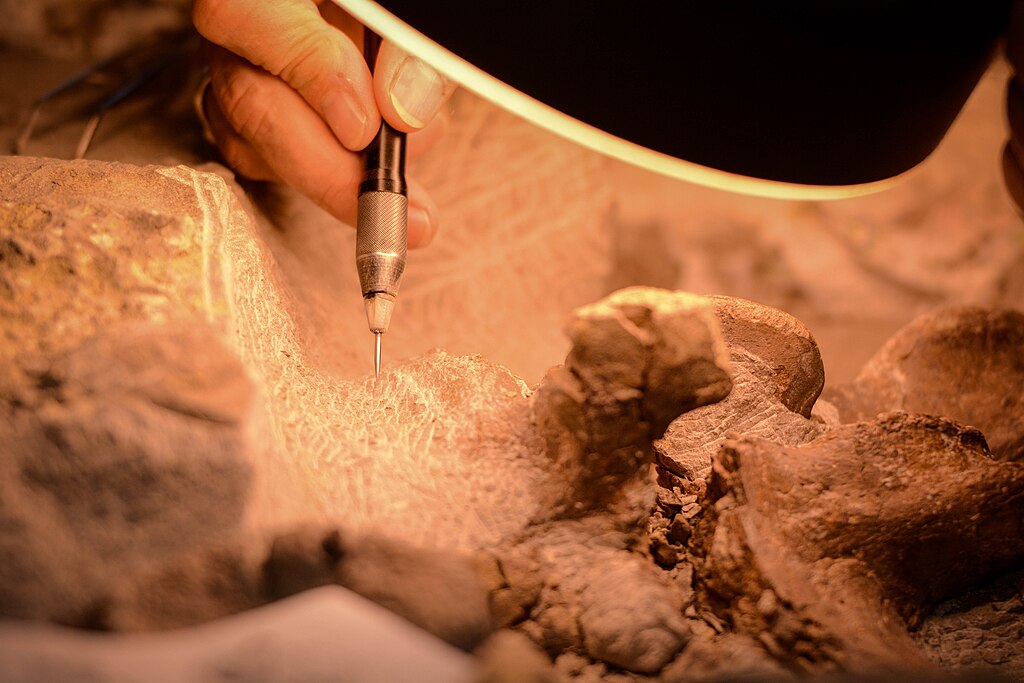
The science of radiometric dating continues to advance, with researchers developing more sensitive instruments and refined analytical techniques. Mass spectrometers—the instruments used to measure isotope ratios—have become increasingly precise, allowing scientists to analyze smaller samples and achieve greater accuracy. New applications are being developed for previously underutilized isotope systems, expanding the range of materials that can be directly dated. Innovative computational approaches help scientists better understand and quantify sources of uncertainty in age determinations. Interdisciplinary collaborations between physicists, geologists, chemists, and paleontologists are addressing challenging questions that require multiple perspectives. One exciting frontier involves in situ dating methods, where instruments like laser ablation inductively coupled plasma mass spectrometry (LA-ICP-MS) can determine ages from microscopic spots on mineral surfaces without destroying entire samples. These technological and methodological advances continue to refine our understanding of Earth’s timeline, providing ever more precise constraints on when key evolutionary and geological events occurred.
Conclusion: A Solid Foundation for Deep Time
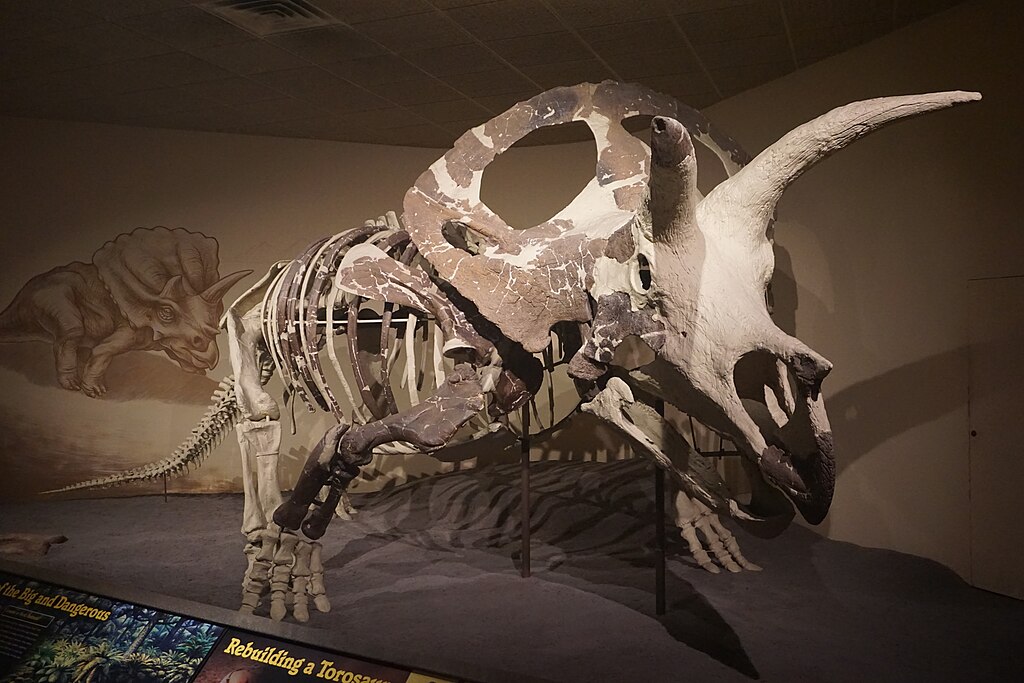
Radiometric dating stands as one of the most significant scientific achievements of the 20th century, providing humanity with a reliable chronometer for measuring Earth’s ancient history. Through the steady decay of radioactive isotopes, we’ve discovered that our planet is approximately 4.5 billion years old, that life has evolved over billions of years, and that the dinosaurs vanished 66 million years ago. These age determinations aren’t guesses or assumptions but are based on fundamental physical processes that operate with clocklike regularity. The consistency between different dating methods, the reproducibility of results by independent laboratories, and the coherence with other lines of evidence all confirm the reliability of radiometric dating. When we look at a fossil dinosaur and read that it lived 150 million years ago, we can be confident in that determination—not because scientists say so, but because the evidence provided by radiometric dating makes it an inescapable conclusion. In unveiling Earth’s deep time, radiometric dating has given us a profound gift: the ability to comprehend our planet’s true history and our place within it.

